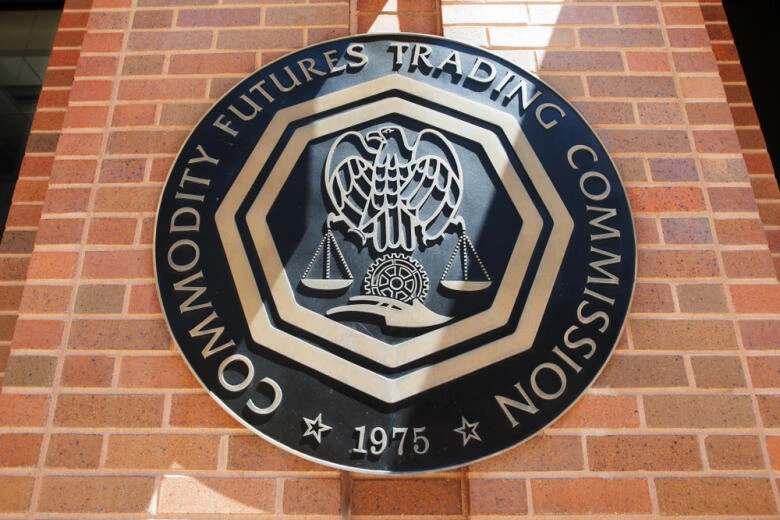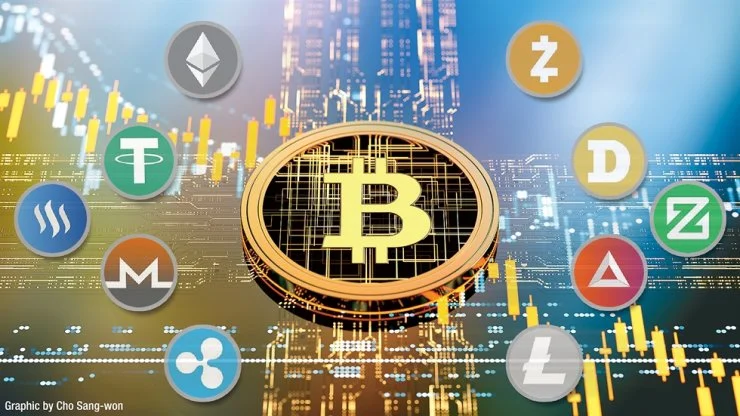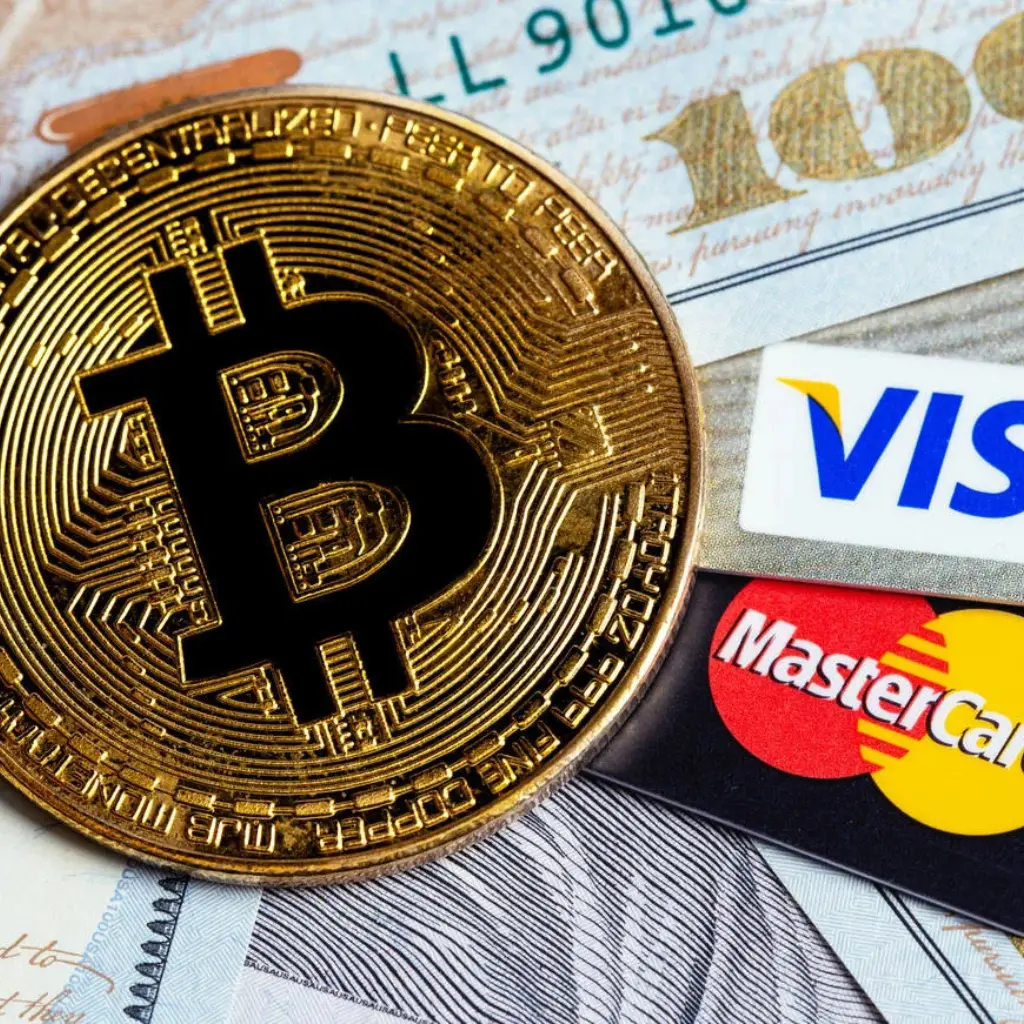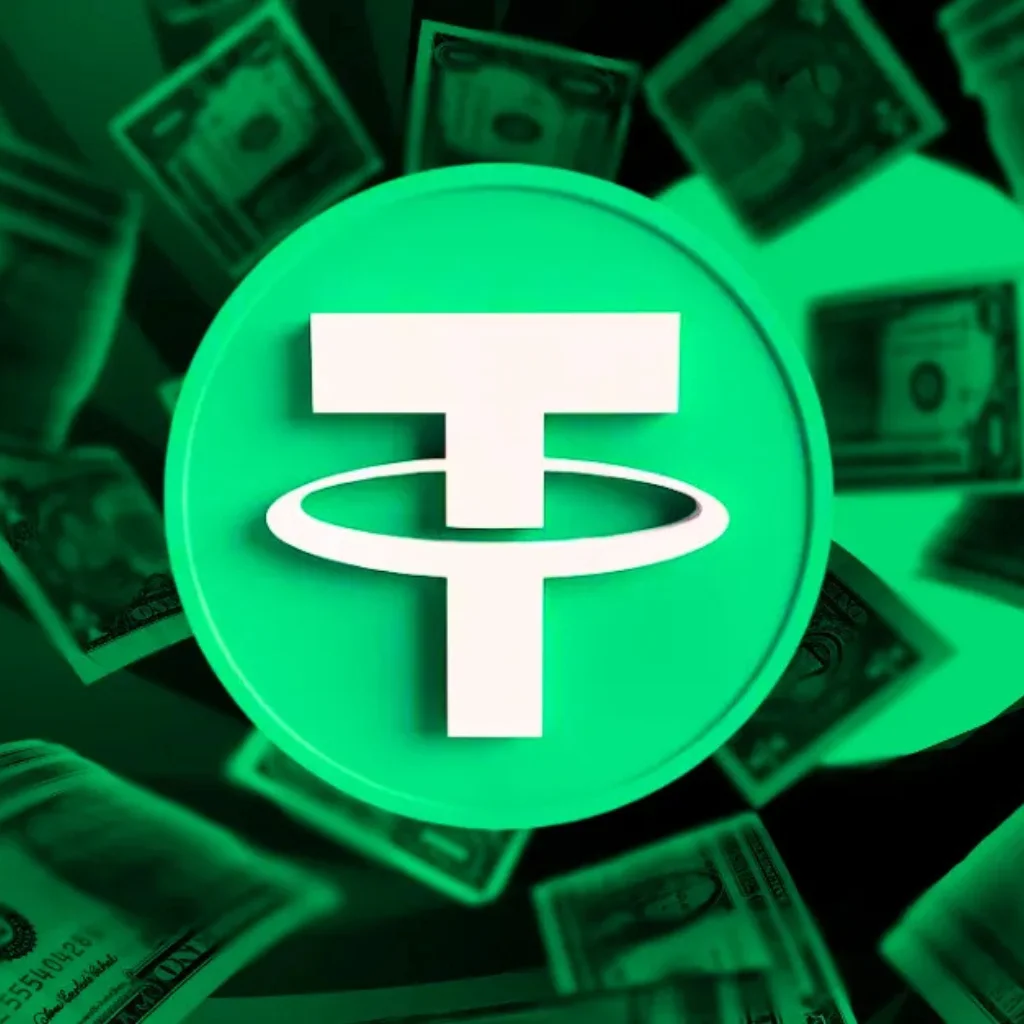In a world where financial systems evolve faster than TikTok trends, there’s one digital asset that refuses to stay off the radar—USDT. Yes, Tether’s crown jewel. It’s hailed as a savior during market chaos and slammed as a potential powder keg under the global crypto economy. So, let’s finally ask the burning question: is USDT safe and regulated, or is it the ultimate high-stakes bluff?
If you’ve ever dipped your toes into crypto waters—or cannonballed in with your entire paycheck—you’ve probably touched USDT. But what lies beneath that steady dollar peg? And more importantly, can we trust it?

The Audit That’s Always “Coming Soon”: Is USDT Safe and Regulated by Proof?

He—the CEO of Tether—says it’s coming. A full audit. Not just another attestation, not another bullet-point summary. He claims they’re talking to a Big Four accounting firm, promising that a real audit is top priority. Sounds solid, right?
Hold that thought.
Let’s rewind. Back in 2021, financial regulators weren’t exactly applauding. The Commodity Futures Trading Commission (CFTC) fined Tether $41 million. Why? Because from 2016 to 2018, they held enough reserves to back their USDT tokens only 27.6% of the time. Not exactly confidence-inspiring.
Since then, here’s what they’ve done:
- Released quarterly reserve breakdowns (but again, no full audit)
- Claimed backing by U.S. Treasury bills, cash, and “equivalent assets”
- Said all the right things—but haven’t shown the full receipts
In March 2025, he said the audit is still a priority. But until that proof is inked and public, the question “is USDT safe and regulated” remains more rumor than reality.
What Regulators See: Is USDT Safe and Regulated in the Eyes of the Law?

Let’s shift focus from the boardroom to the courtroom.
Across the globe, regulators are circling Tether like hawks. In the U.S., lawmakers are laying the groundwork for sweeping crypto regulations. And globally? They’re demanding clean books, KYC compliance, and aggressive anti-money laundering enforcement.
Why the urgency?
- Over $17 billion in illicit transactions have allegedly been linked to USDT
- Concerns about financial system disruption are growing louder
- Stablecoins are seen as too big to ignore—and too risky to leave unchecked
In response, Tether has started cooperating with over 200 law enforcement agencies worldwide. A noble move, sure, but one sparked by pressure rather than principle. He says they’re gearing up for a blockchain-based payment network in the U.S.—a pivot toward legitimacy. But again, until regulators give a thumbs-up, trust remains a gamble.
The Real Deal: Is USDT Safe and Regulated Enough for the Future?
Here’s where things get real. Whether you’re a high-frequency trader or someone just trying to send remittance across borders, USDT is everywhere. It powers billions in daily trades, stabilizes crypto exchanges, and lubricates liquidity like no other stablecoin.
But:
- No completed audit = no guaranteed backing
- Past fines = regulatory stains
- Global scrutiny = trust under fire
They’ve made moves. He’s made promises. But in the cold light of blockchain transparency, words alone don’t cut it. To answer the question “is USDT safe and regulated” with confidence, we need ironclad facts, crystal-clear reserves, and verified oversight. Until then, it’s part-stable, part-speculative.
Final Thoughts: When Safety Meets Skepticism
“Is USDT safe and regulated?” It’s a question that echoes louder with every market swing, every policy update, and every suspicious transaction. Tether may be steering in the right direction, but until those promises become published, peer-reviewed proof—investors must weigh hope against hard truth.
Relevant News : Here





